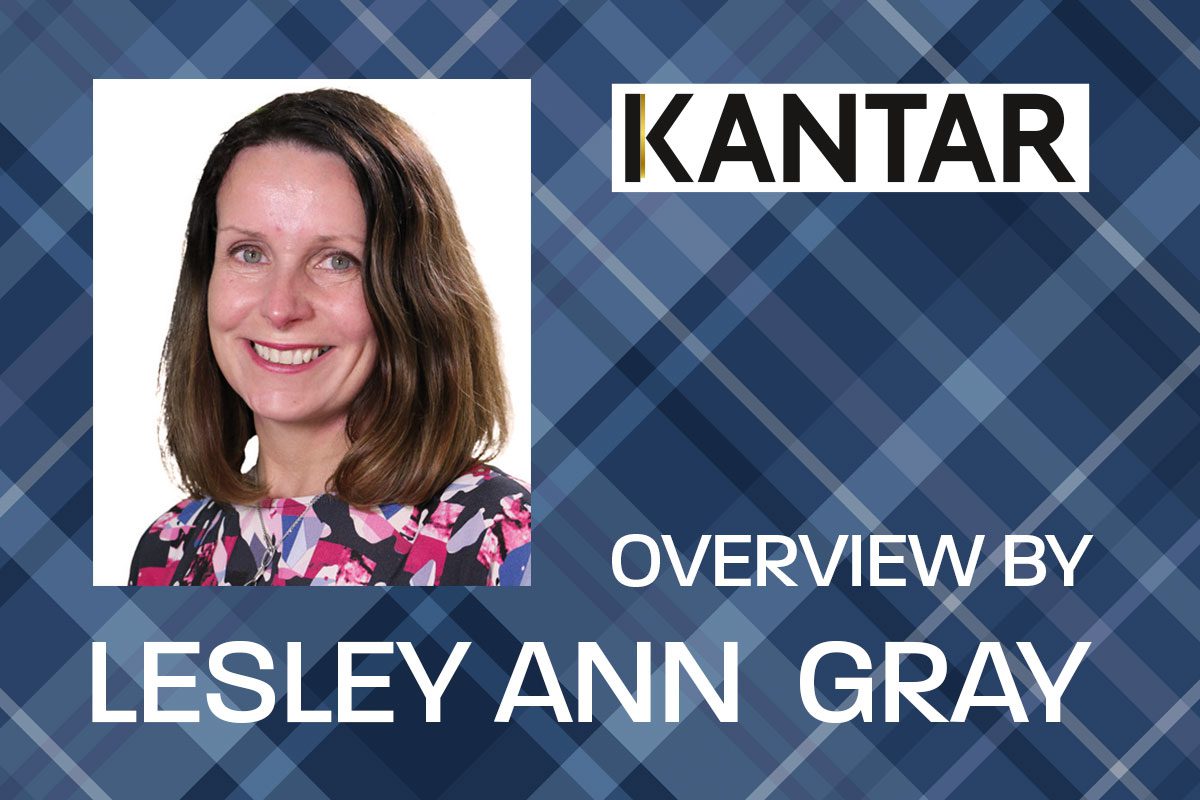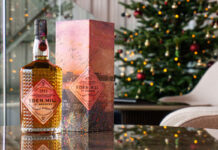Shopper behaviour shifts due to rising prices

Lesley Ann Gray, strategic lead for Scotland at market research company Kantar – which provides the listing of the top 50 Scottish non-alcohol brands in Scotland and the top 10 Scottish alcohol brands in Scotland, analyses the year for the leading Scottish brands in Scottish food and drink retailing.
IT’S that time of year when we look back on the performance of the sector and celebrate the Scottish brands that have worked hard during the year to make it on to the list of Scotland’s biggest brands.
In terms of context Scotland’s Food and Drink Sector is worth £11.3billion, according to data for the 52 weeks to 1 October, and grew by 10.1% this year.
This was higher than the total for Great Britain (GB) and reflects the high levels of food inflation that we have seen in the market. The convenience sector has a 13.8% share of this, so 14p in every £1 spent on food and drink is spent in a convenience format store.
The trending story this year has been high food inflation. At its peak, food inflation was over 17%, adding an extra £870 per year to a shopper’s annual bill if they continued to buy the same items as they did in previous years.
This increase in prices has impacted shopper behaviour, with consumers buying less, causing basket size to be smaller and causing overall volume to decline.
For shoppers, a smaller basket size also allows for stricter monitoring of what they spend. People have also been buying more on promotions and switching to lower-priced products.
And it is this latter point that, for many, has meant a move from brands to own label (OL) – a switch that will have challenged many brands this year and, almost certainly, the brands on this list.
At Kantar, we are discussing the “unbranding of the marketplace”. We know shoppers are turning their backs on established brands and opting for OL products. This is a clear response to the pressures of inflation.
Scotland has traditionally had a higher share of brands than total GB and, despite this movement from brands to OL products, Scotland still over-indexes when compared to total GB. In Scotland, brands have a 45% share versus total GB, which has 41%.
The additional challenge for brands is that OL is also growing at a faster rate, a trend that is being driven directly by the mainstream retailers. OL has grown at 14% versus last year, compared to brands which have experienced slower growth of 6%.
Some 66% of households are extremely or very concerned by the rising cost of groceries and the average price of a branded item over the last year in Britain was £2.30, compared to £1.65 for an OL product.
These price disparities demonstrate the real challenge for the brands on our list. However, this also provides an opportunity for brands to rethink their strategies and navigate through this price divide, ensuring that the way is clear for future growth.
Shoppers are always open to new products and a full innovation pipeline should always form part of a brand strategy for growth.
Those products listed here need to be working twice as hard as they endeavour to keep pace with OL growth – and the levers of pricing and promotions will never have been more important to offer consumers an alternative.
Likewise, the price per pack and price per kg/ litre dynamics of the category will also be key for 2024.
In terms of the movers and shakers for 2023, we welcome two new brands to the list – Taylors, following the rebranding from Mackie’s, and Kitty Campbell’s Eggs.
Congratulations also to the 17 brands that improved their position versus last year. The top five remain the same but recognition goes to Simon Howie, which improved its position and now sits at No.3.
Given the challenging year, it is important to acknowledge the effort and hard work that sits behind each one of the brands on this list. The need to consistently appeal to new shoppers in order to grow deserves both our respect and recognition.
Looking forward to 2024, we believe that while inflation is slowly coming down, the changes in shopping behaviour that we have seen in 2023 will continue.
The discounter and OL ranges will start to annualise on strong growth and the challenge will be whether the shoppers they have won will remain loyal and whether they will continue to attract new customers.
Retailers need brands. The flip side of this is that brands need to understand their shopper, invest in product development and add value to the category. It will be interesting to see who holds the power in 2024.



















